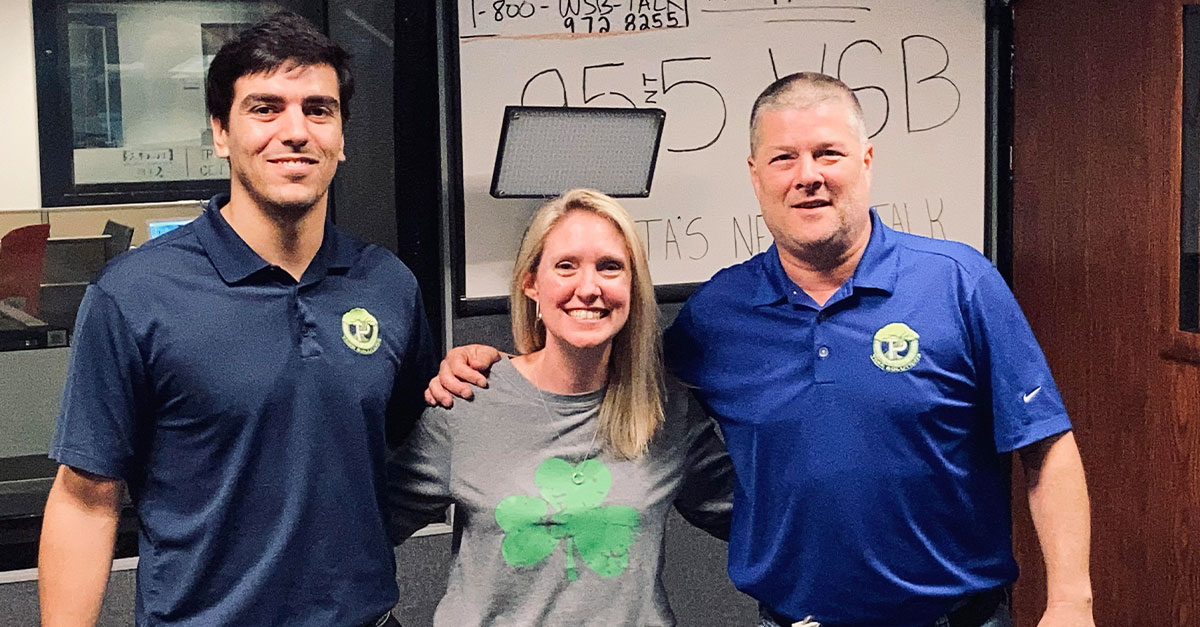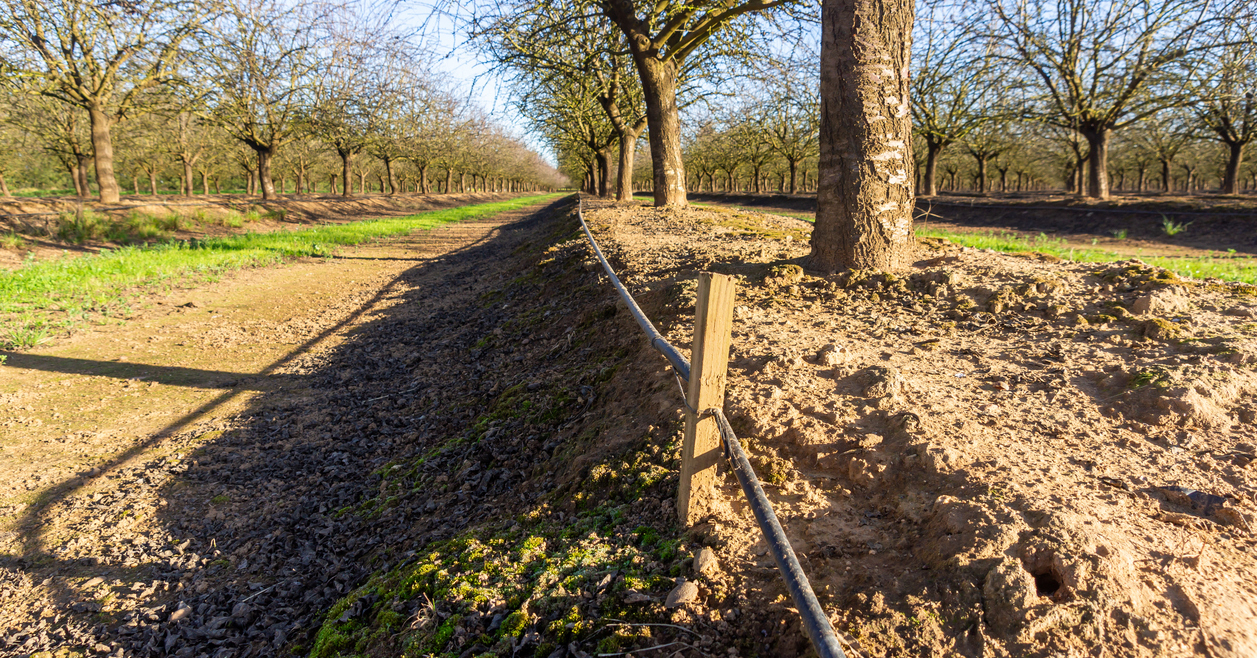Get to know Georgia’s beautiful array of trees and how you can take care of your own! Each month, we feature some of the most popular trees in the state, with past features including the Callaway Crabapple, Green Ash, and Ogeechee Lime Tree.
We are showcasing this fetching tree with very little to be afraid of — the American Yellowwood!
Characteristics
The Yellowwood (Cladrastis lutea) is a medium to large-sized tree which grows between 30 to 50 feet high, with a branch width of equal footage. This exceptional shade tree provides beauty throughout the year, particularly due to the distinctive bark that the Chicago Botanic Garden describes as “handsome, silvery, sinuous . . . [becoming] prominent in the winter and as it matures.”
Bark is not the Yellowwood’s only becoming feature, however. In the fall, its leaves turn a clear, yellow color before dropping. And in alternating springs, you can expect large, hanging clusters of pea-like fragrant white flowers — similar to a wisteria bloom.
Though native to Kentucky, North Carolina, and Tennessee (and also found in Illinois, Indiana, and southern states), the Yellowwood does not respond well to being transplanted. As a result, they may be difficult to locate in nurseries. But they do produce a papery, brown pod containing 4 to 6 seeds, so you may try your luck with your own germination!
Growing Conditions
Though thriving in rich, well-drained limestone soils such as those found in river valleys, the Yellowwood is moderately tolerant of drought and poor drainage. Clay and alkaline soils are also well tolerated. Six hours daily of full sun is ideal, and the Yellowwood grows best in hardiness zones 4 – 8. (Atlanta and North Georgia are in zone 7.)
Tree Care
Careful pruning is the main ingredient for a healthy Yellowwood. “It has an upright branching habit that makes for tight branch angles,” explains Sandy Feather from the PennState Extension, “so one liability is its susceptibility to breaking under heavy loads of snow and/or ice. Other than that, yellowwood is problem-free.”
The University of Kentucky Department of Horticulture recommends this pruning be done in the summertime, to prevent tree bleeding and access for pests. Guide pruning to encourage a U-shaped crotch, and wide-spaced branches with wide angles to the trunk. Because of the Yellowwood’s delicate bark, you may want our professional assistance.
Signs of Distress
Beyond susceptibility to limb breakage, crotch splitting, and ice damage, the Yellowwood may also fall prey to verticillium wilt. Look for one or more branches (usually on the same side of the tree) that rapidly wilt. Yellow or brown streaking may indicate the disease, but only laboratory examination can clearly diagnose this problem.
Tree borers can be a problem for trees of many types. This group of insects lay their eggs inside trees, where the hatched larvae then eat through the living tissue to escape to adulthood. Whether from beetles or clearwing moths, the clearest signs these insects leave behind are the tiny holes they cut into trunks and branches. Because the Yellowwood is already somewhat fragile, pest prevention may be the best way to assist them! Here are some methods we can recommend.
For pruning and trimming service — for your Yellowwood or any other tree — reach out to us online or give us a call at 404.252.6448.










